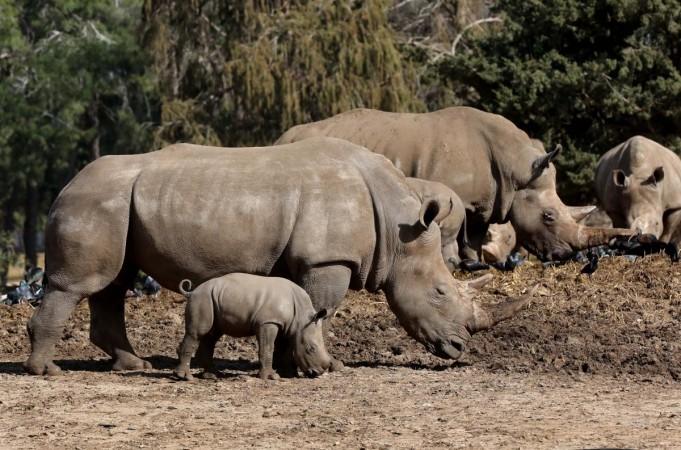Tanzania received 18 white rhinos from South Africa on Tuesday as part of a wider initiative to restore the species to the country after decades of absence, local authorities announced.
The East African nation plans to bring in a total of 36 white rhinos to support conservation efforts and boost tourism.
Remnants of the species have been found in the Ngorongoro Conservation Area in northern Tanzania, according to Emmanuel Kaaya, a rhino specialist with the local authority.
Tanzania’s black rhino population has also suffered a steep decline, dropping from an estimated 10,000 in the 1970s to just 212 in 2021, according to the latest report from the International Rhino Foundation (IRF).
South Africa is home to the majority of the world’s remaining white rhinos, with an estimated population of 13,991 in 2023, the IRF reported.
However, rampant poaching has severely impacted the species, with more than 10,000 rhinos lost since 2007.

“Rampant poaching has put them at great risk. That is why we have started relocating them to countries like Botswana, Rwanda, the Democratic Republic of Congo, and now Tanzania,” said South African community leader Inkosi Gumede Zwelinzima at the handover ceremony, according to a statement from the Ngorongoro Conservation Area Authority on Tuesday, March 4, 2025.
“Despite these challenges, we have successfully increased the white rhino population through careful conservation,” he added.
The newly arrived rhinos will initially be housed in an enclosure while they acclimate to local conditions before being released into the Ngorongoro crater, a UNESCO World Heritage Site known for its rich wildlife.
The Tanzania Wildlife Research Institute believes the conservation area offers a suitable habitat for the rhinos to thrive and has hinted at future introductions in other reserves, including Mikumi and Burigi-Chato.
White rhinos, despite their name, are not actually white—the term’s origins remain unclear. They are, however, larger than black rhinos, with a distinct mouth shape and a longer front horn.
Tanzania’s initiative marks another step in international conservation efforts to protect and restore rhino populations in the face of continued poaching threats.


